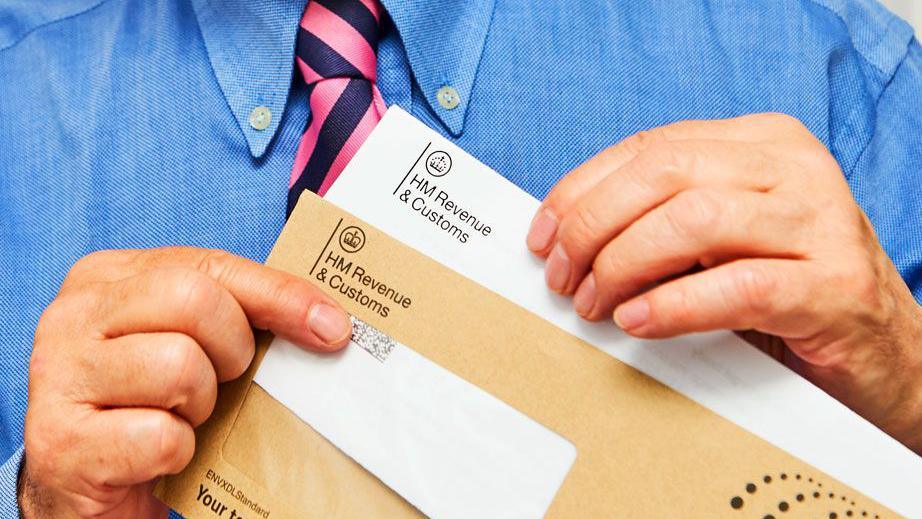What economic levers are left for Reeves to pull?

- Published
A forecast is just a forecast, but the significance of today's pessimistic analysis by the National Institute of Economic and Social Research (Niesr)is that it does reflect scenarios being considered in the Treasury ahead of the Budget in the autumn.
As I wrote last month, it is not just the accumulation of U-turns, and sluggish economic news which is driving the framing of another important Treasury moment in the autumn.
The Chancellor Rachel Reeves may choose to make a strategic decision to reflect the current global uncertainties by establishing significantly greater room for manoeuvre to hit her borrowing limits.
Currently that buffer is a very tight £10bn.
The Niesr report points to the need to re-establish what it calls "a large buffer" against missing her fiscal rules.
The absence of this has led to what Niesr called "piecemeal policy tinkering" that had given rise to "prolonged economic uncertainty".
So there could be a move towards getting more bad news out of the way now, to break the doom loop of people constantly expecting policy changes and tax rises.
Reeves must raise tax to cover £41bn gap, says think tank
- Published6 August
Faisal Islam: We are heading for significant tax rises
- Published12 July
The borrowing rules stipulate that day-to-day government costs will be paid for by tax income, rather than borrowing and debt should be falling as a share of national income by the end of this parliament in 2029-30.
Niesr does not recommend changing the new borrowing rules, which have only just been established, at this stage.
The International Monetary Fund (IMF) and others have floated the idea that the Treasury should only really make Budget changes once a year to stop the uncertainty.
The IMF also suggested bigger buffers as the best idea.
All this matters because it could mean that earlier estimates of a need to bridge a budget gap of £15-20bn a year with tax rises or spending cuts in the autumn, are a material underestimate.
Niesr's forecast of a £40-50bn gap is on the pessimistic side, and there are still many moving parts before the Autumn, but it does show that the scale of the challenge is not easing for the chancellor.
With most spending now fixed, and political challenges over welfare cuts, that would leave tax rises as the main lever.
While the government promised not to change the main rates of tax, Niesr points to scope to further raise revenue through changes to the scope of VAT, pensions allowances, council tax and prolonging the freeze in income tax thresholds.
If Niesr are right, it could be all of the above.
Of course, economic news has been mixed in recent weeks.
We'll get further information on Thursday when the Bank of England is set to decide on a further interest rate cut and issue its new economic forecasts.
And next week, the important GDP figures for the second quarter are due to be released and they're expected to show the UK is no longer the fastest growing economy of the major G7 economies.